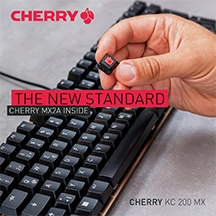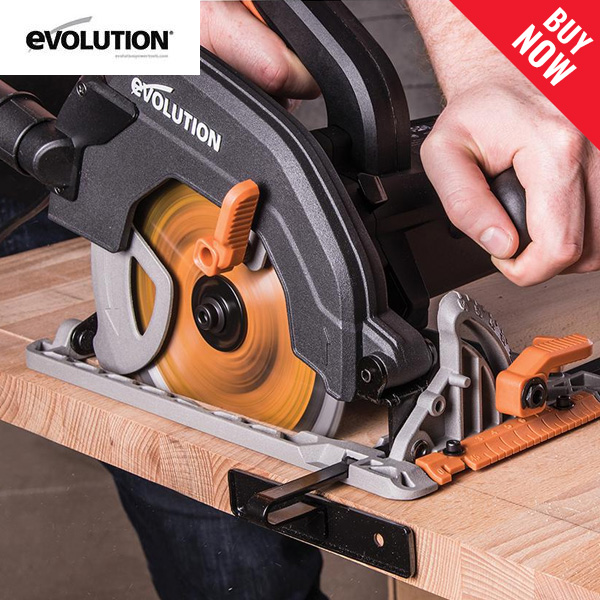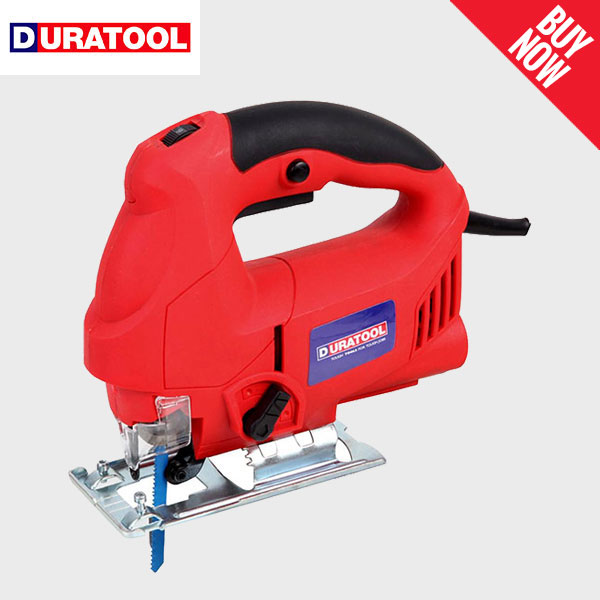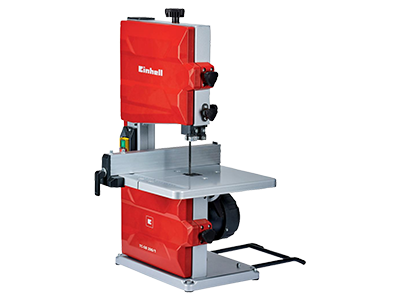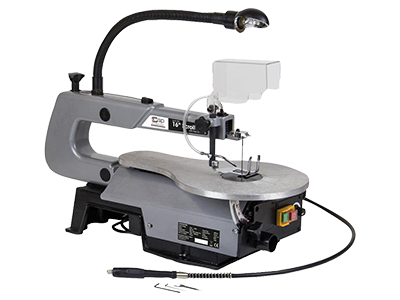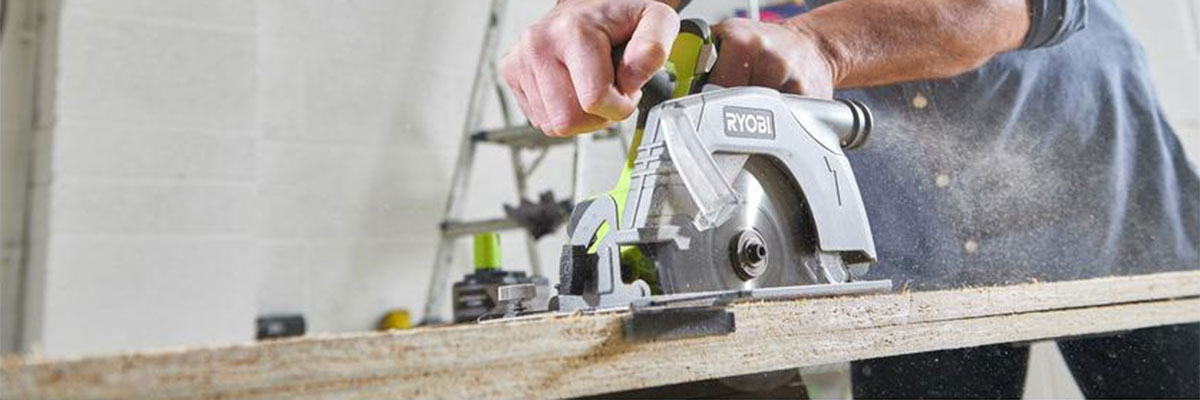
What Power Saw Do I Need?
Check out our simple guide to help you choose the right Power Saw
If you want to increase the accuracy and speed of your cuts, then a Power Saw is a no brainer. The real question is which Power Saw do you need? Unfortunately, the answer isn't straight forward and a lot will depend on the job at hand. This guide will show you the difference between the most popular Power Saws available and the jobs they're best suited to. To keep things simple, we'll mainly be focusing on Jigsaws, Circular Saws, Reciprocal Saws and Mitre Saws.
Circular Saws and when to use them
If your task requires a lot of long straight cuts across larger pieces of wood, then a Circular Saw is probably the way to go. The disc shaped blades cut with a rotating action and make it easy to achieve accurate, clean and professional looking lines. Depending on your skill and confidence (this isn't a beginner’s tool) Circular Saws can be used freehand or with a guide fence. They’re particularly adept at cutting composite wood based sheet materials like MDF, plywood and chipboard.
Ideal for:
- Repetitive straight cuts
- Professional quality finishes
- Cutting through MDF, chipboard, Plywood, laminate flooring, decking
Reciprocating Saws and when to use them
The blade of a Reciprocating Saw moves with an oscillating (up & down, back & forth) motion, allowing for some really aggressive, heavy duty cutting. This makes a Reciprocating Saw best suited to rough cutting jobs where accuracy is less of concern than brute force. It will certainly make demolition work a lot quicker and more enjoyable. Depending on the blade used, you can cut through pretty much anything including wood, nails, pipes, plaster, plastic and even stone.
Ideal for:
- Rough cutting & demolition work
- Vertical and overhead cutting
- Cutting through wood, nails, metal piping, plaster and plastic
Mitre Saws and when to use them
For more complicated cuts requiring a greater level of precision and control, you should consider a Mitre Saw. Nothing is better for super quick, clean and accurate crosscuts in wood, alloys and nonferrous metal. For more complex jobs like skirting joints, go for a Compound Mitre Saw which allows the angle of the blade to be altered for bevel cuts. As the rotating blade is attached to a sturdy arm on a weighty body, extra stability is provided for safer cutting.
Ideal for:
- Precision crosscuts mitre and bevel cuts
- Accurate 90° cuts for framing tasks
- Cutting through soft wood, hardwood, Nonferrous metal and plastic
Jigsaws and when to use them
A Jigsaw uses the thinnest blades of all the Power Saws featured in this guide, making it perfectly suited to cutting more intricate shapes or awkward lines and curves. The general size, portability (many are now cordless), and variety of cutting blades make Jigsaws extremely versatile. This is especially the case when it comes to smaller DIY jobs like cutting shelves, worktops, and skirting boards. However, a Jigsaw probably isn't the best choice for accuracy over long straight cuts.
Ideal for:
- Intricate shapes, lines and curves
- Cutting shelves and worktops
- Cutting through metal, wood, plastics, ceramic, aluminium, laminate





